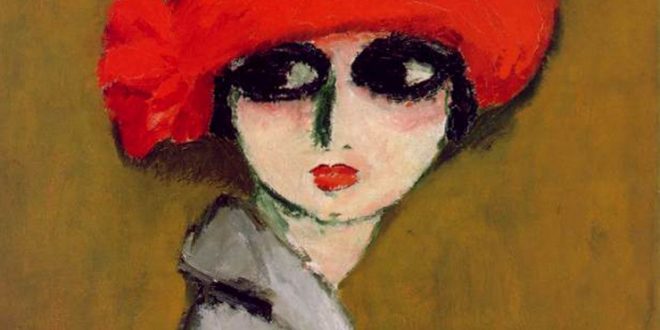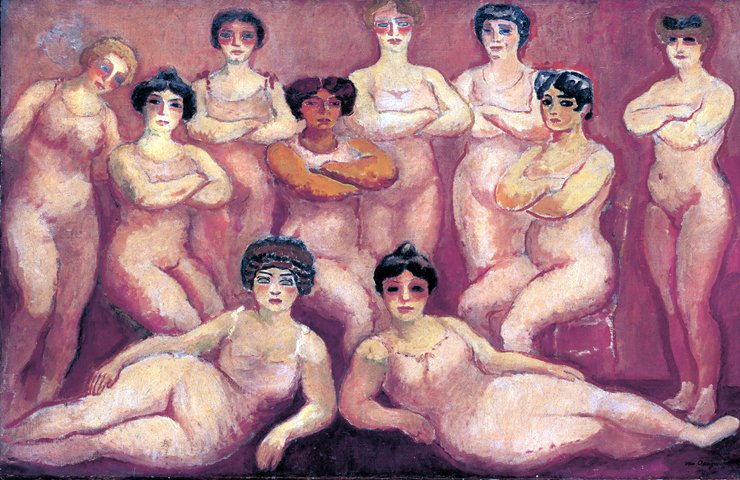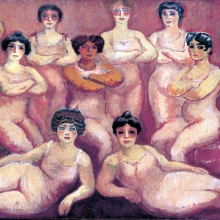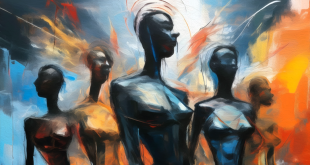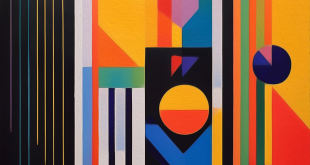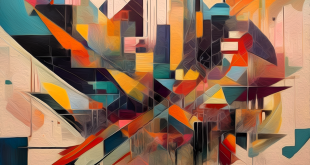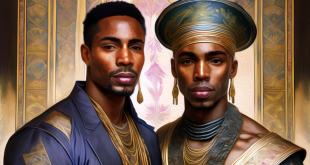 PAINTING IS THE MOST BEAUTIFUL OF LIES – PORTRAITIST OF HIGH SOCIETY WOMEN
PAINTING IS THE MOST BEAUTIFUL OF LIES – PORTRAITIST OF HIGH SOCIETY WOMEN
KEES VAN DONGEN 1/3 – He was born in Delfshaven in 1877 and he studied at the Academy of Fine Arts in Rotterdam. In 1895, “Blue Self-Portrait” marks the intense color entrance in his painting. Two years later he was fascinated by the pictorial style of Vuillard and Gauguin in Paris. His first solo exhibition was set up in 1904 and the following year he attended the Salon d’Automne, where his paintings with bright colors and sensual design were highly appreciated. He became a friend of Picasso (who approached him to Cubism), he also underwent the influences of expressionism. The themes of his work from that period are predominantly centered around the nightlife, he painted dancers, singers, masquerades and theatre. Attracted by Mediterranean cultures, he traveled numerous trips to Tunisia, Egypt, Italy, Morocco and Spain, which added refinement to his creative abilities. “Old clown”, his oil canvas made in 1910 can be seen in the Stedelijk Museum in Amsterdam https://www.rijksmuseum.nl/en?lang=EN&gclid=CJux4ODo9tQCFQ-eGwodvCcIDg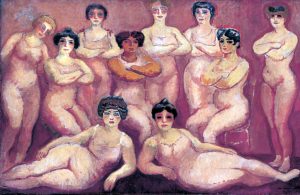
KEES VAN DONGEN 2/3 – Being a painter of expressionist temperament, he was alien to any kind of intellectualism. His work reflected bright and lively colors, the society of his time, with techniques simplified of the formality of Cubism and full of expressionist emotions. His way of painting circus, cabaret life or bourgeois ladies is vital and sensual, even when his focus is shifted to the dead. Facing the imagination, the contours of what he painted, made net, and the colors flared. In 1912, he was a professor at the Vitti Academy in Montparnasse and participated in various international exhibitions. “Yellow door interior”, oil canvas from 1910 can be seen in the Museum Boijmans van Beuningen in Rotterdam http://www.boijmans.nl/en/#O60ruDWYqI5tUQgL.97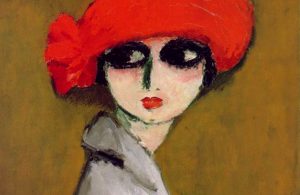
KEES VAN DONGEN 3/3 – After the First World War, in the most fruitful years of his artistic maturity, he liked to live in the Côte d’Azur and in Paris, abandoning the doors of his old age, creating large-format works in favor of portraits. All Paris run to his studio at Rue Juliette Lambert, posing for this famous painter. With a playful cynicism he remarked of his popularity as a portraitist with high society women. The essential thing was to make them slim and to enlarge their jewels. In 1935 he traveled to America, passing his summer return to Deauville. During the World War, he only exhibited once at the Museum of Fine Arts in Bordeaux. In 1949, he bought a villa in Monte Carlo. “The Spotted Chimera”, his painting from 1907 is on display in the Nouveau Musée National de Monaco http://www.nmnm.mc/index.php?lang=en
The intellectual property of the images that appear in this blog correspond to their authors. The sole purpose of this site, is to spread the knowledge of these artists and that other people enjoy their works. To pursue this issue, you can digit: http://meetingbenches.com/2017/07/many-kinds-dutch-creativity/
 Meeting Benches World art in all forms
Meeting Benches World art in all forms
